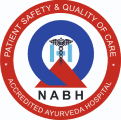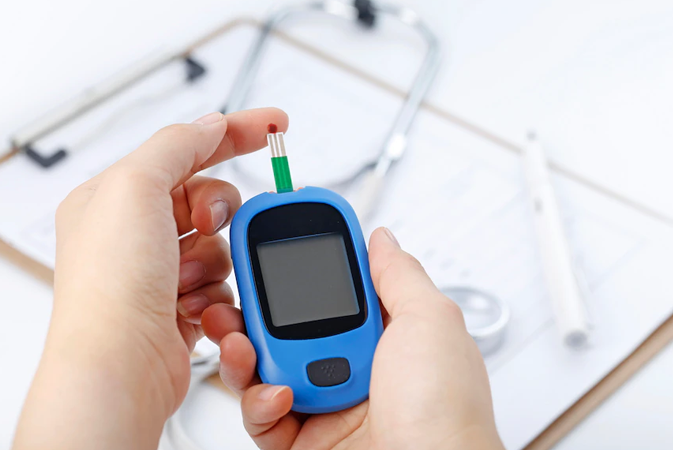



AyurVAID’s treatment modality for preventing diabetes complication is treat the root cause of diabetes, so that the further manifestation of complication could be prevented.
AyurVAID Hospitals is now a part of Apollo Hospitals Group.
AyurVAID’s treatment modality for preventing diabetes complication [like Diabetic Retinopathy, Diabetic Neuropathy, Diabetic Nephropathy, Peripheral Neuropathy, Diabetic Foot ulcer, etc] is treat the root cause of diabetes, so that the further manifestation of complication could be prevented; as the pathology for all complications involves the pathological constraints of diabetes itself in a larger scale. So the internal medications and therapies, if judiciously administered after assessing the diabetes mellitus patient’s individual clinical condition, can help prevent further progression into complications or postpone the onset of them. Along with these the proper Diet, exercise, yogic practices can all benefit, helping to counteract the disease from different angles.
Ayurveda Glaucoma Treatment at AyurVAID
Ayurveda treatment at AyurVAID is natural and does not have any side effects. Apart from controlling the blurriness of your vision, it can also completely cure you from this disease. With glaucoma treatment in Ayurveda, you can be sure of 100% results. We offer customized solutions with a clear presentation of potential outcomes. Adopting a diet, lifestyle, medicine and therapy approach, AyurVAID treatment regime is inclusive of various Ayurveda procedures such as Thalam and Shirodhara among others.
AyurVAID is India’s 1st Ayurveda hospital to be accredited by NABH (National Accreditation Board for Hospitals & Healthcare Providers), Quality Council of India.

It can cause a number of eye problems, some of which can lead to blindness if not addressed. The eye disorders include:
Kidney Disease and Diabetes: High levels of blood sugar can put extra stress on the kidneys. After years of damage, the kidneys start to leak useful proteins in the urine, leading to a condition known as microalbuminuria. When kidney disease is diagnosed later, during macroalbuminuria, end-stage renal disease (ESRD) usually follows.
Testing
Testing is extremely important to determine the stage of the disease and in selection of appropriate treatment options. Diabetes complications can be postponed if early monitoring of the blood sugar levels to normal or near normal levels is encouraged. Testing can include blood tests and/or Doppler such as:
Investigations towards diabetes status:
Diabetic Nephropathy:
Diabetic Retinopathy:
Diabetic Neuropathy:
Diabetic Cardiomyopathy:
Diabetic Carbuncles and Ulcers :
The important time-related variables were found to be duration of diabetes for retinopathy, age for macrovascular disease, duration and age at diagnosis of diabetes for sensory neuropathy, and age for renal impairment. Positive independent associations between diabetic control (glycosylated hemoglobin) and retinopathy and between diabetic control and macrovascular disease are seen. Plasma cholesterol (positively) and high-density lipoprotein cholesterol (negatively) were related independently to both macrovascular disease and renal impairment.
We work towards whole person health through classical Ayurveda science. Our Ayurveda case studies are the first-line evidence in Ayurvedic medical literature as they present the original observations from our Ayurveda practitioners. The case studies are published taking patient’s consent and maintaining patient anonymity.